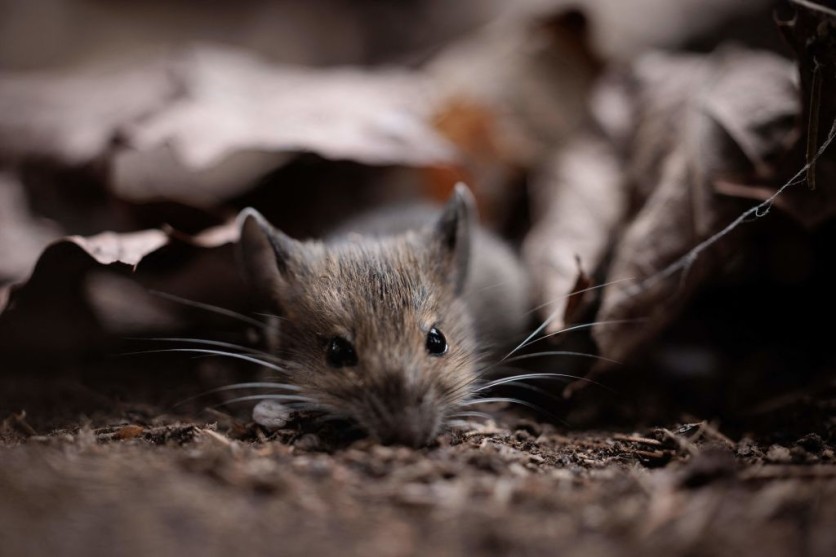The Andean volcanoes, nestled at approximately 19,685 feet above sea level, have long been deemed with a harsh, unforgiving environment where human habitation seems impossible, let alone the existence of mice.
Previously, explorers who encountered mice cadavers at these extreme heights speculated that the Incas might have transported them for sacrificial rituals.

Thriving Mice at Andean Volcanoes
However, the narrative took a remarkable turn in 2020 when Jay Storz, an evolutionary biologist and a professor at the University of Nebraska, embarked on a daring expedition to conquer the lofty peak of the Llullaillaco volcano.
Situated at a 22,000-foot peak along the Chile-Argentina border, Interesting Engineering reported that this endeavor yielded an unexpected revelation: sighting a living mouse.
This remarkable discovery was groundbreaking as it shattered the belief that mammals could not survive at such extreme heights and in a Mars-like environment, setting a new precedent for our understanding of life in these harsh volcanic landscapes.
Storz and his team revealed that they had discovered 13 more mummified mouse cadavers on the summits of three neighboring volcanoes, Volcán Salín, Volcán Púlar, and Volcán Copiapó, all situated at extraordinary elevations ranging from 19,780 to 20,449 feet in Argentina and Chile.
Challenging Our Understanding
These findings have challenged our understanding of the limits of life, showing that small mammals like mice are capable of living and adapting to environments once thought to be beyond the scope of life.
Storz's research has significant implications for our understanding of high-altitude biology and the potential for life to exist in extreme conditions, even those resembling the harsh landscapes of other planets like Mars.
EurekAlert reported that this discovery opens new avenues for studying the resilience of life in Earth's most extreme environments and offers insights into how organisms can adapt to challenging conditions.
Through genetic analysis, the researchers determined that these high-altitude mice were a distinct species known as Phyllotis vaccarum, a variety of leaf-eared mice. This discovery was surprising because Phyllotis vaccarum is typically found at lower elevations in the same region.
The lead scientist pointed out that their genomic analysis revealed an intriguing fact: the mice living on the summits of the volcanoes and those dwelling on the flanks or at the base of the volcanoes in the surrounding desert terrain are all part of the same genetic family. In other words, a shared genetic lineage connects the mice from different altitudes.
Findings of the Study on the Mice
This revelation upended the earlier notion that these mice were brought to the high-altitude locations by the Incas for ritualistic purposes. Instead, it appeared that these mice made the ascent to the lofty heights on their own.
This finding underscored these small mammals' incredible adaptability and resilience, defying the harsh conditions of their habitat. Radiocarbon dating conducted on the mouse cadavers revealed intriguing timelines.
The samples from Volcán Salín and Volcán Copiapó have been confirmed to be at least several decades old, while the samples from Volcán Púlar dated back to a maximum of 350 years.
This groundbreaking research was published in the scientific journal Current Biology, and it provides valuable insights into the incredible adaptability of life in extreme environments, shedding light on how species can thrive in Earth's harshest conditions and, perhaps, even on other planets.
Related Article : [STUDY] Mutant 'Mighty Mice' Return From a Month-Long Stay in Space With Ripped Bodybuilder Physiques!

ⓒ 2025 TECHTIMES.com All rights reserved. Do not reproduce without permission.




